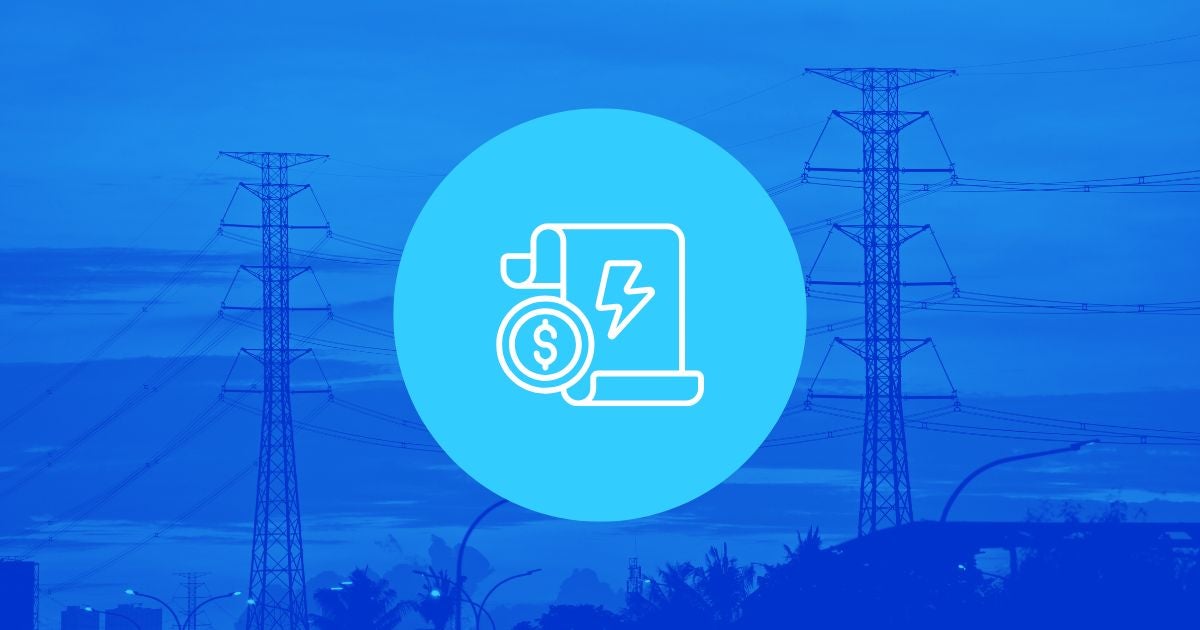Electric Waves: Power from the Ocean
 This post is by Miriam Horn, a writer at Environmental Defense Fund and co-author of the New York Times bestseller, Earth: The Sequel. It’s part of a video series on new energy technologies, Unleash the Future.
This post is by Miriam Horn, a writer at Environmental Defense Fund and co-author of the New York Times bestseller, Earth: The Sequel. It’s part of a video series on new energy technologies, Unleash the Future.
1. Introduction (YouTube)
2. Solar
3. Biofuels
4. Geothermal
5. Wave
Almost every renewable energy resource begins with the Sun. Wave power is a third conversion of solar energy. The Sun creates the temperature differential that produces wind, and wind, in turn, produces ocean waves. Inventor Alla Weinstein found a way to convert the up-and-down motion of waves into electricity.
Take a look at my short video on wave power to learn more.
[kml_flashembed movie="http://www.youtube.com/v/74IVv3ocUGY" width="425" height="350" wmode="transparent" /]
If you have any questions or comments on wave energy, please post them here. I’ll do my best to answer.













One Comment
Here are some questions I received in email:
Question:
Now that Pacific Gas and Electric has purchased the rights to Alla Weinstein’s technology, will they deep-six it, as has been done by the auto industry with patents/inventions that would have resulted in better fuel economy through innovative engine designs?
Answer:
Alla’s technology was purchased by Finavera. PG&E did not buy the technology, but rather signed a Power Purchase Agreement with Finavera, agreeing to buy the electricity they generate with the AquaBuOY.
There are so many innovators out there, it’s unlikely that anyone can strangle this wave of innovation. Certainly some incumbents will throw up every roadblock they can to protect the status quo, but PG&E is not one of the obstructers.
PG&E is taking more chances on this cutting edge technology than almost anyone. That’s not altruism, but the fact that they are operating under the most rigorous emissions laws in America, including California’s renewable portfolio standard and the carbon cap established by AB32. Their actions are proof of just how effective -and necessary – political leadership can be.